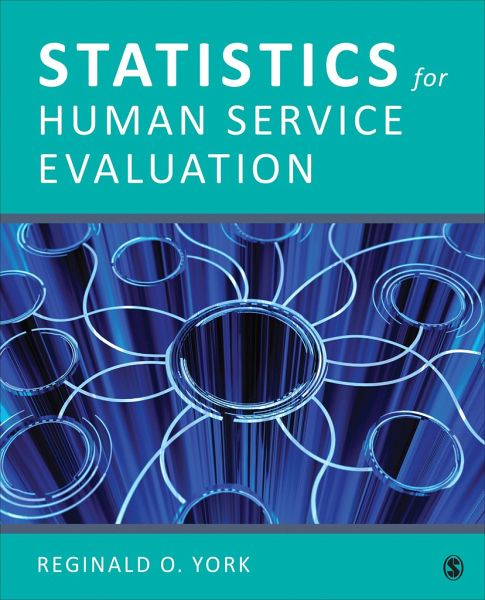Nicht lieferbar

Statistics for Human Service Evaluation
Versandkostenfrei!
Nicht lieferbar
A practical book that shows how both Excel® and SPSS® can be used for analyzing data for human service evaluation.

Rechnungen
Bestellstatus
Retourenschein
Storno